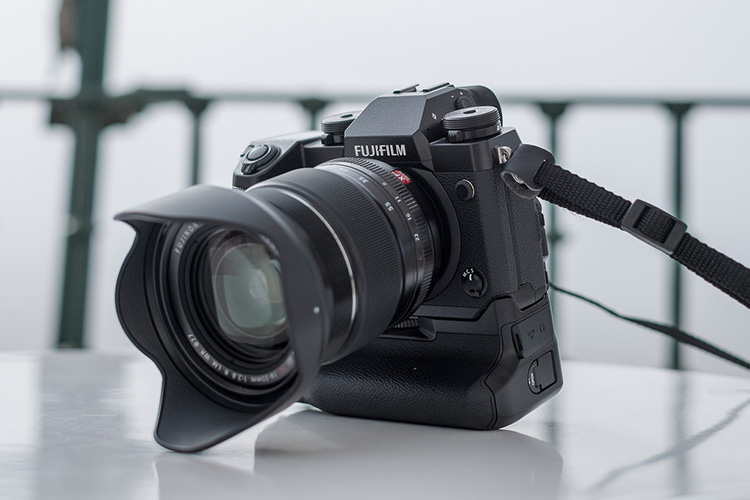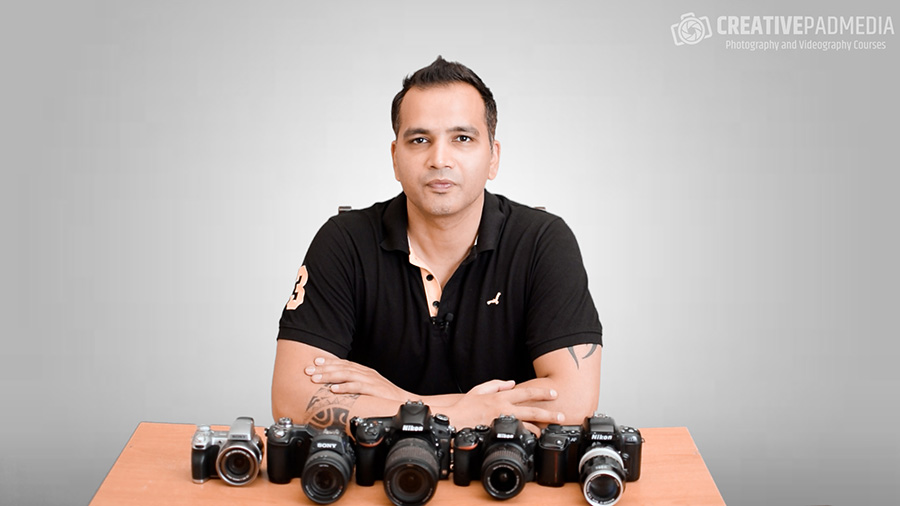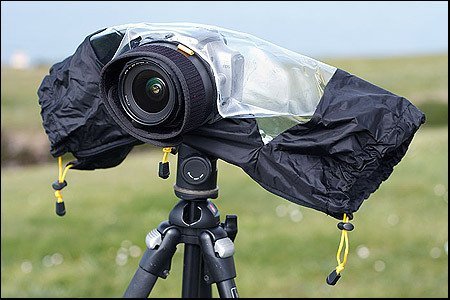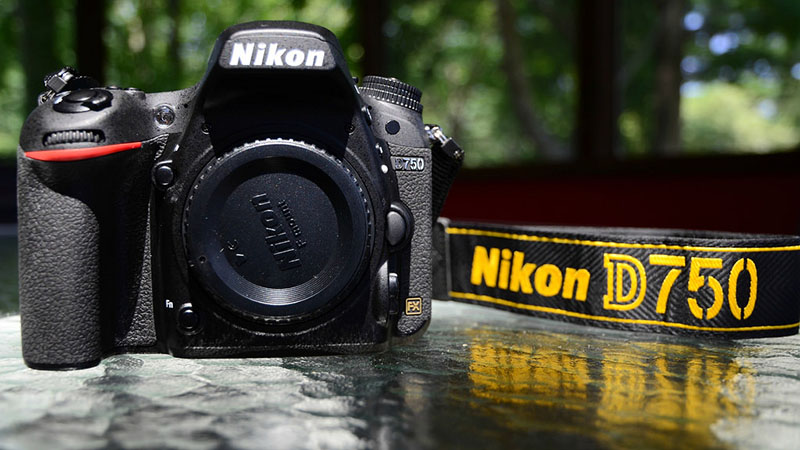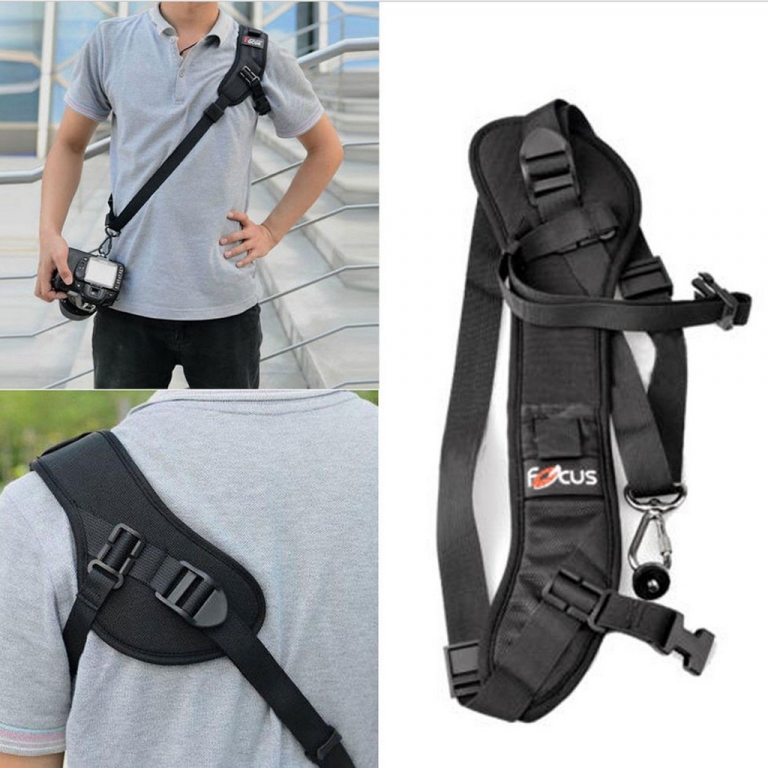Should You Buy a Mirrorless Camera Right Now Over a DSLR? 9 Points of Difference
With the sudden advent of Mirrorless cameras that was initially led by Sony, and then followed up by other brands like Canon, Nikon and Fujifilm, it’s only obvious that a person who is planning on buying a new camera will have this question on their mind – Should I go for a DSLR or a mirrorless camera?
But even those people who already own a DSLR might be contemplating the idea of getting their hands on a mirrorless.
So in order to get an answer, let’s first take a look and see what a mirrorless camera is.
What is a mirrorless camera and how is it different from a DSLR?
In a DSLR camera, there is a mirror inside the body of the camera which reflects the incoming light through the lens onto to the viewfinder, like shown in the diagram below:
When you take a shot, the mirror goes up and allows the light to hit the sensor, which is what leads to forming the image.
In a mirrorless camera, as the name suggests, there is no mirror. So the light is always falling on the sensor. That’s basically it.
But this difference in the body plays an important part because it leads to a lesser size for the mirrorless camera. Let’s look at some important points to see how the mirrorless camera is different to a DSLR camera:
1. Size of the body
Picture credit: Aneil Lutchman
This is currently the number one reason why many people prefer a mirrorless over a DSLR. Since the mirrorless camera doesn’t need to have the box that holds the mirror in a DSLR, the size of the body is reduced and this makes it very convenient to carry it around. That’s why it’s proving to be immensely popular amongst people who travel a lot and don’t want to bear the burden of carrying the large DSLR body. The picture above shows the difference in size between a DSLR and a Mirrorless.
2. Lens Adapters
If the first point was in favour of the mirrorless cameras, this one goes against them. A lot of people want to switch to the mirrorless body but don’t want to buy the lenses all over again. Now in order to use the DSLR lenses with the mirrorless body, you would require a lens adapter. This can be quite costly and requires some research to find a well-functioning adapter.
3. Ergonomics
This may not be too important but a lot of mirrorless camera owners usually complain about the fact that holding such a small body doesn’t feel right to the hand. Now whether this is something that happens because we are used to holding the bulky DSLR bodies or if it’s an actual issue can only be answered once more number of people buy the newer mirrorless cameras. The DSLRs have been in the market for very long and have constantly undergone improvements by the manufacturers as far as ergonomics of the body is concerned. Mirrorless manufacturers will likely do the same in the future.
4. Battery life
This used to be a big issue with mirrorless cameras and still is amongst the older models. Since the sensor of a mirrorless camera is always active (in a DSLR, it’s only active when the mirror goes up), it drains the battery much faster.
5. Optical Viewfinder (OVF) VS Electronic Viewfinder (OVF)
Most DSLRs have an optical viewfinder. Which means that when you look in through the viewfinder, what you see is how the actual scene in front of you looks since the light coming in from the camera is reflected into your eyes by the mirror. But in a mirrorless camera, what you see through the viewfinder is an electronic projection of what the lens has captured. Due to this, an EVF can communicate a lot more to the user. For instance, even before taking the shot, you can come to know how the shot will look like, what the exposure will be, how the histogram looks and a host of other parameters which are not possible via an OVF.
6. Eye Autofocus
As mirrorless cameras are getting better and better, one of the exciting technologies is the ability to follow the movement of the eye with your focus point. The system recognizes the eye and sticks to it even if your subject is moving. This is very important because in portraits, getting a sharp focus accurately on the eye is always a challenge.
7. Shooting Silently
This may not be a very important point but it can still be of valuable in some situations. Mirrorless bodies allow for silent shooting, so let’s say that you have been asked to shoot a Yoga class. You would not like the sound of the camera to disturb the class. Another example can be of a classical music performance where you don’t want to interfere with the music or shooting a sleeping baby whom you would not want to disturb.
8. Image stabilization
Image stabilization is built into a mirrorless camera body where as in a DSLR, you need to buy a particular lens that has an image stabilization mechanism. This makes the mirrorless more convenient.
9. Sensor not protected
When you change lenses on a DSLR camera, the mirror acts as protection mechanism for the sensor from external particles like dust,water, etc. In a mirrorless camera, since there is no mirror, any time you take off the lens, the sensor is exposed the environment and this means that you have to be extra careful, especially when shooting outdoors.
Final Verdict
It’s tough to answer this question with absolute certainty. My view would be that if you currently own a DSLR, then there is no need to immediately jump on the mirrorless wagon (unless you’re really rich). My advice to you would be to keep an eye on how the mirrorless world is advancing and be a mere spectator since even right now, there is a lot to be done by the mirrorless manufacturers as it’s a fairly new market.
However, if you don’t have any camera and are planning to buy one, then going in for a mirrorless camera can be a good investment, especially if you are someone for whom the small size of the body is extremely important (people who travel a lot and would like something small and lightweight). But you should be willing to do some through research since compatibility with lenses and adapters has to be looked at .
One thing is for sure – Mirrorless WILL be the future of photography. The important question is – How soon?

